-by Daniel Goleman, Zenobia Barlow, Lisa Bennett , syndicated from Greater Good
It was a tender, and exquisitely planned, teachable moment that reflected what a growing number of educators have begun to identify as a deeply felt imperative: To foster learning that genuinely prepares young people for the ecological challenges presented by this entirely unprecedented time in human history.
“Ecoliterate” is our shorthand for the end goal of this kind of learning, and raising ecoliterate students requires a process that we call “socially and emotionally engaged ecoliteracy”—a process that, we believe, offers an antidote to the fear, anger, and hopelessness that can result from inaction. As we saw in Wright-Albertini’s classroom, the very act of engaging in some of today’s great ecological challenges—on whatever scale is possible or appropriate—develops strength, hope, and resiliency in young people.
Ecoliteracy is founded on a new integration of emotional, social, and ecological intelligence—forms of intelligence popularized by Daniel Goleman. While social and emotional intelligence extend students’ abilities to see from another’s perspective, empathize, and show concern, ecological intelligence applies these capacities to an understanding of natural systems and melds cognitive skills with empathy for all of life. By weaving these forms of intelligence together, ecoliteracy builds on the successes—from reduced behavioral problems to increased academic achievement—of the movement in education to foster social and emotional learning. And it cultivates the knowledge, empathy, and action required for practicing sustainable living.
To help educators foster socially and emotionally engaged ecoliteracy, we have identified the following five practices. These are, of course, not the only ways to do so. But we believe that educators who cultivate these practices offer a strong foundation for becoming ecoliterate, helping themselves and their students build healthier relationships with other people and the planet. Each can be nurtured in age-appropriate ways for students, ranging from pre-kindergarten through adulthood, and help promote the cognitive and affective abilities central to the integration of emotional, social, and ecological intelligence.
1. Develop empathy for all forms of life
 At a basic level, all organisms—including humans—need food, water, space, and conditions that support dynamic equilibrium to survive. By recognizing the common needs we share with all organisms, we can begin to shift our perspective from a view of humans as separate and superior to a more authentic view of humans as members of the natural world. From that perspective, we can expand our circles of empathy to consider the quality of life of other life forms, feel genuine concern about their well-being, and act on that concern.
At a basic level, all organisms—including humans—need food, water, space, and conditions that support dynamic equilibrium to survive. By recognizing the common needs we share with all organisms, we can begin to shift our perspective from a view of humans as separate and superior to a more authentic view of humans as members of the natural world. From that perspective, we can expand our circles of empathy to consider the quality of life of other life forms, feel genuine concern about their well-being, and act on that concern.
Most young children exhibit care and compassion toward other living beings.
This is one of several indicators that human brains are wired to feel empathy and concern for other living things. Teachers can nurture this capacity to care by creating class lessons that emphasize the important roles that plants and animals play in sustaining the web of life. Empathy also can be developed through direct contact with other living things, such as by keeping live plants and animals in the classroom; taking field trips to nature areas, zoos, botanical gardens, and animal rescue centers; and involving students in field projects such as habitat restoration.
Another way teachers can help develop empathy for other forms of life is by studying indigenous cultures. From early Australian Aboriginal culture to the Gwich’in First Nation in the Arctic Circle, traditional societies have viewed themselves as intimately connected to plants, animals, the land, and the cycles of life. This worldview of interdependence guides daily living and has helped these societies survive, frequently in delicate ecosystems, for thousands of years. By focusing on their relationship with their surroundings, students learn how a society lives when it values other forms of life.
2. Embrace sustainability as a community practice
 Organisms do not survive in isolation. Instead, the web of relationships within any living community determines its collective ability to survive and thrive.
Organisms do not survive in isolation. Instead, the web of relationships within any living community determines its collective ability to survive and thrive.
This essay is adapted from Ecoliterate: How Educators Are Cultivating Emotional, Social, and Ecological Intelligence (Jossey-Bass), which draws on the work of the Center for Ecoliteracy.
By learning about the wondrous ways that plants, animals, and other living things are interdependent, students are inspired to consider the role of interconnectedness within their communities and see the value in strengthening those relationships by thinking and acting cooperatively.
The notion of sustainability as a community practice, however, embodies some characteristics that fall outside most schools’ definitions of themselves as a “com- munity,” yet these elements are essential to building ecoliteracy. For example, by examining how their community provisions itself—from school food to energy use—students can contemplate whether their everyday practices value the common good.
Other students might follow the approach taken by a group of high school students in New Orleans known as the “Rethinkers,” who gathered data about the sources of their energy and the amount they used and then surveyed their peers by asking, “How might we change the way we use energy so that we are more resilient and reduce the negative impacts on people, other living beings, and the planet?” As the Rethinkers have shown, these projects can give students the opportunity to start building a community that values diverse perspectives, the common good, a strong network of relationships, and resiliency.
3. Make the invisible visible
Historically—and for some cultures still in existence today—the path between
a decision and its consequences was short and visible. If a homesteading family cleared their land of trees, for example, they might soon experience flooding, soil erosion, a lack of shade, and a huge decrease in biodiversity.
But the global economy has created blinders that shield many of us from experiencing the far-reaching implications of our actions. As we have increased our use of fossil fuels, for instance, it has been difficult (and remains difficult for many people) to believe that we are disrupting something on the magnitude of the Earth’s climate. Although some places on the planet are beginning to see evidence of climate change, most of us experience no changes. We may notice unusual weather, but daily weather is not the same as climate disruption over time.
If we strive to develop ways of living that are more life-affirming, we must find ways to make visible the things that seem invisible.
Educators can help through a number of strategies. They can use phenomenal web-based tools, such as Google Earth, to enable students to “travel” virtually and view the landscape in other regions and countries. They can also introduce students to technological applications such as GoodGuide and Fooducate, which cull from a great deal of research and “package” it in easy-to-understand formats that reveal the impact of certain household products on our health, the environment, and social justice. Through social networking websites, students can also communicate directly with citizens of distant areas and learn firsthand what the others are experiencing that is invisible to most students. Finally, in some cases, teachers can organize field trips to directly observe places that have been quietly devastated as part of the system that provides most of us with energy.
4. Anticipate unintended consequences
Many of the environmental crises that we face today are the unintended consequences of human behavior. For example, we have experienced many unintended but grave consequences of developing the technological ability to access, produce, and use fossil fuels. These new technological capacities have been largely viewed as progress for our society. Only recently has the public become aware of the downsides of our dependency on fossil fuels, such as pollution, suburban sprawl, international conflicts, and climate change.
Teachers can teach students a couple of noteworthy strategies for anticipating unintended consequences. One strategy—the precautionary principle—can be boiled down to this basic message: When an activity threatens to have a damaging impact on the environment or human health, precautionary actions should be taken regardless
of whether a cause-and-effect relationship has been scientifically confirmed. Historically, to impose restrictions on new products, technologies, or practices, the people concerned about possible negative impacts were expected to prove scientifically that harm would result from them. By contrast, the precautionary principle (which is now in effect in many countries and in some places in the United States) places the burden of proof on the producers to demonstrate harmlessness and accept responsibility should harm occur.
Another strategy is to shift from analyzing a problem by reducing it to its isolated components, to adopting a systems thinking perspective that examines the connections and relationships among the various components of the problem. Students who can apply systems thinking are usually better at predicting possible consequences of a seemingly small change to one part of the system that can potentially affect the entire system. One easy method for looking at a problem systemically is by mapping it and all of its components and interconnections. It is then easier to grasp the complexity of our decisions and foresee possible implications.
Finally, no matter how adept we are at applying the precautionary principle and systems thinking, we will still encounter unanticipated consequences of our actions. Building resiliency—for example, by moving away from mono-crop agriculture or by creating local, less centralized food systems or energy networks—is another important strategy for survival in these circumstances. We can turn to nature and find that the capacity of natural communities to rebound from unintended consequences is vital to survival.
5. Understand how nature sustains life
 Ecoliterate people recognize that nature has sustained life for eons; as a result, they have turned to nature as their teacher and learned several crucial tenets. Three of those tenets are particularly imperative to ecoliterate living.
Ecoliterate people recognize that nature has sustained life for eons; as a result, they have turned to nature as their teacher and learned several crucial tenets. Three of those tenets are particularly imperative to ecoliterate living.
First of all, ecoliterate people have learned from nature that all living organisms are members of a complex, interconnected web of life and that those members inhabiting a particular place depend upon their interconnectedness for survival. Teachers can foster an understanding of the diverse web of relationships within a location by having students study that location as a system.
Second, ecoliterate people tend to be more aware that systems exist on various levels of scale. In nature, organisms are members of systems nested within other systems, from the micro-level to the macro-level. Each level supports the others to sustain life. When students begin to understand the intricate interplay of relation- ships that sustain an ecosystem, they can better appreciate the implications for survival that even a small disturbance may have, or the importance of strengthening relationships that help a system respond to disturbances.
Finally, ecoliterate people collectively practice a way of life that fulfills the needs of the present generation while simultaneously supporting nature’s inherent ability to sustain life into the future. They have learned from nature that members of a healthy ecosystem do not abuse the resources they need in order to survive. They have also learned from nature to take only what they need and to adjust their behavior in times of boom or bust. This requires that students learn to take a long view when making decisions about how to live.
These five practices, developed by the Berkeley-based Center for Ecoliteracy, offer guideposts to exciting, meaningful, and deeply relevant education that builds on social and emotional learning skills. They can also plant the seeds for a positive relationship with the natural world that can sustain a young person’s interest and involvement for a lifetime.
Source: http://www.dailygood.org/story/554/five-ways-to-develop-ecoliteracy-daniel-goleman-zenobia-barlow-lisa-bennett/
This article is printed here with permission. It originally appeared on Greater Good, the online magazine of the Greater Good Science Center (GGSC). Based at UC Berkeley, the GGSC studies the psychology, sociology, and neuroscience of well-being, and teaches skills that foster a thriving, resilient, and compassionate society.
Daniel Goleman, Ph.D., is the best-selling author of Emotional Intelligence, Social Intelligence, and Ecological Intelligence. Lisa Bennett is the communications director of the Center for Ecoliteracy. Zenobia Barlow is the Center's executive director and co-founder.
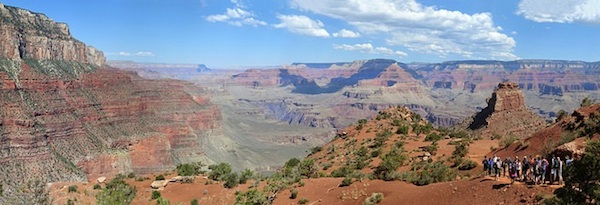 Courtesy of Grand Canyon National Park
Courtesy of Grand Canyon National Park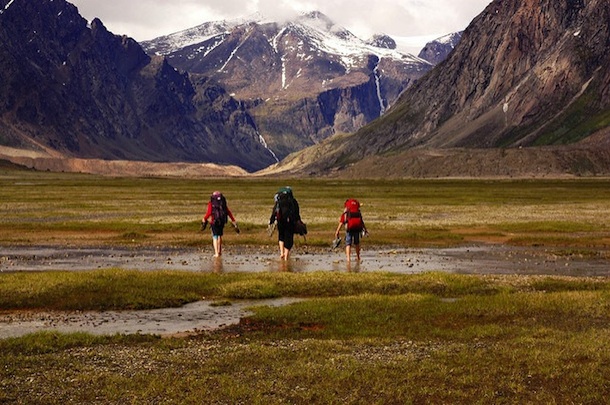
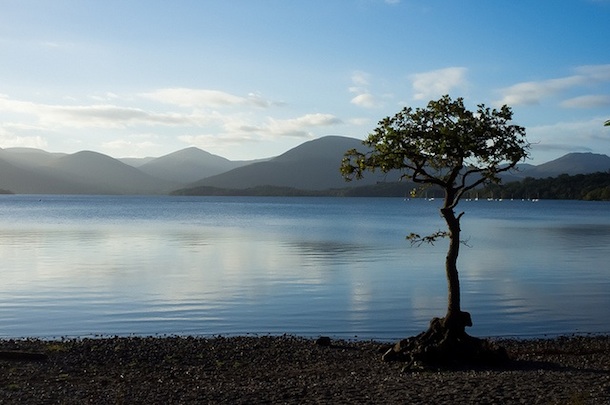
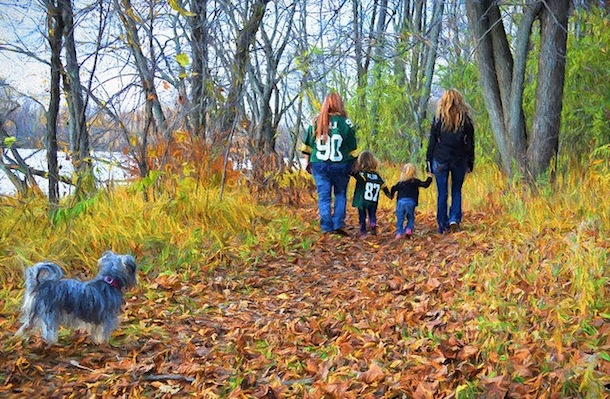
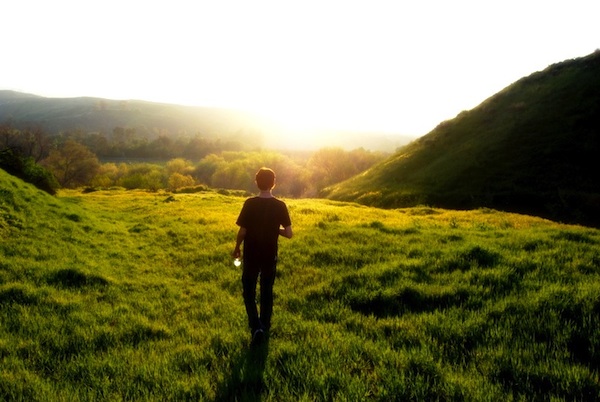
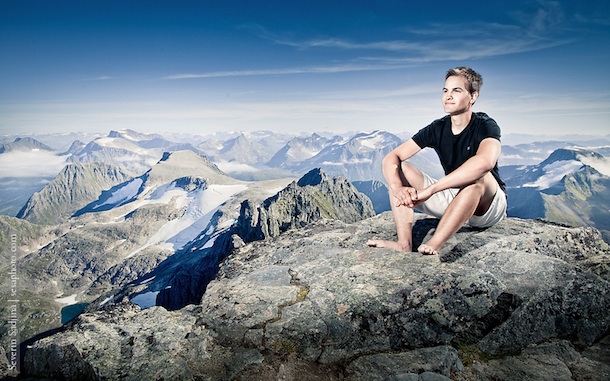


 At a basic level, all organisms—including humans—need food, water, space, and conditions that support dynamic equilibrium to survive. By recognizing the common needs we share with all organisms, we can begin to shift our perspective from a view of humans as separate and superior to a more authentic view of humans as members of the natural world. From that perspective, we can expand our circles of empathy to consider the quality of life of other life forms, feel genuine concern about their well-being, and act on that concern.
At a basic level, all organisms—including humans—need food, water, space, and conditions that support dynamic equilibrium to survive. By recognizing the common needs we share with all organisms, we can begin to shift our perspective from a view of humans as separate and superior to a more authentic view of humans as members of the natural world. From that perspective, we can expand our circles of empathy to consider the quality of life of other life forms, feel genuine concern about their well-being, and act on that concern. Organisms do not survive in isolation. Instead, the web of relationships within any living community determines its collective ability to survive and thrive.
Organisms do not survive in isolation. Instead, the web of relationships within any living community determines its collective ability to survive and thrive. Ecoliterate people recognize that nature has sustained life for eons; as a result, they have turned to nature as their teacher and learned several crucial tenets. Three of those tenets are particularly imperative to ecoliterate living.
Ecoliterate people recognize that nature has sustained life for eons; as a result, they have turned to nature as their teacher and learned several crucial tenets. Three of those tenets are particularly imperative to ecoliterate living.
 One place understood helps us know all places better. One mountain stream, one wildflower meadow or mountain bald or beaver pond better known helps us both to know and to hold an empathetic bond with all meadows and balds, forests and wetlands, and with their non-human inhabitants. Our species becomes placed properly as one living actor in the larger web called Life on Earth, but one with awesome obligations.
One place understood helps us know all places better. One mountain stream, one wildflower meadow or mountain bald or beaver pond better known helps us both to know and to hold an empathetic bond with all meadows and balds, forests and wetlands, and with their non-human inhabitants. Our species becomes placed properly as one living actor in the larger web called Life on Earth, but one with awesome obligations.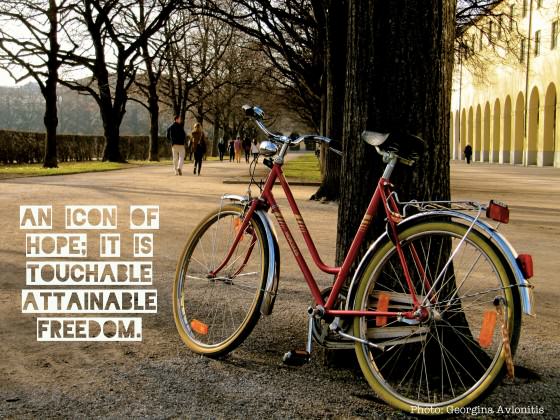
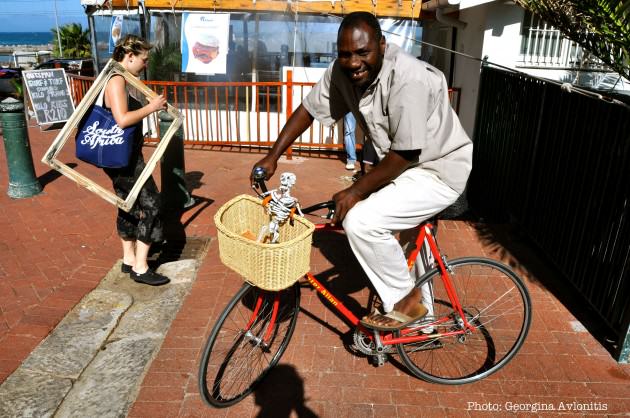

 Networks
Networks Nested Systems
Nested Systems Cycles
Cycles Flows
Flows Development
Development Dynamic Balance
Dynamic Balance